From our President Meet our Board of Directors



While 2021 was a year full of challenges and trials, it was also a year where we saw the intersection of “ranching, conservation, and communities” truly create “a winning team.”
The severe drought, not just in our northern Montana counties, but across a large sweep of the region, brought with it feed shortages, water concerns, and even tough decisions for ranchers to destock their herds if their hunt for feed supplements or additional pasture came up short. However, in the face of that, the Ranchers Stewardship Alliance (RSA) truly embraced its mission leading to one of its most successful years to date.
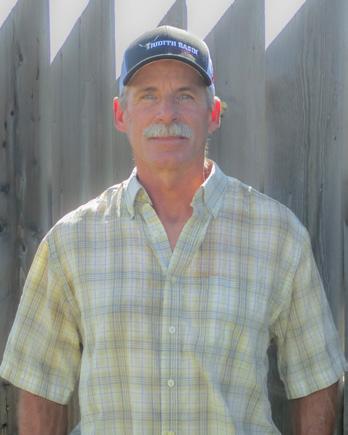
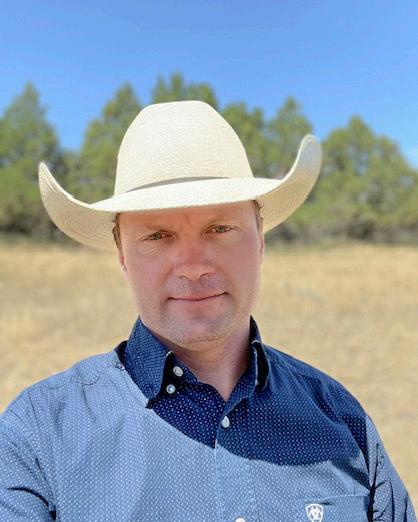
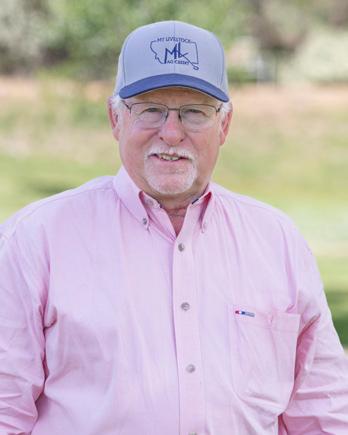
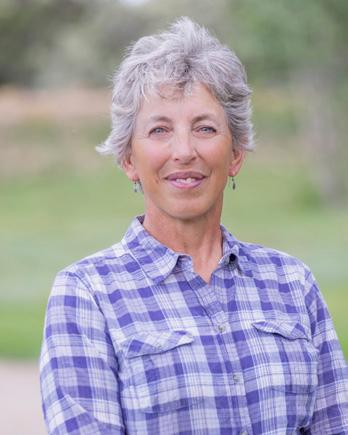

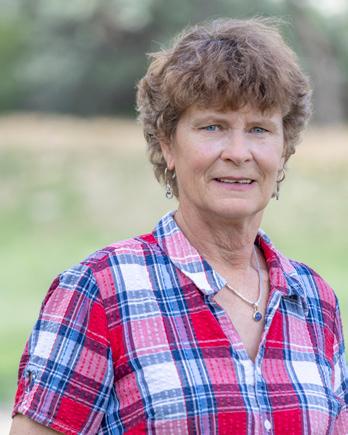
We hosted multiple inaugural events and educational efforts, saw new participants seeking information from a larger region, forged stron ger partnerships with those who shared our concern of preserving this range when drought placed it under pressure, and helped ranchers manage a bit more effectively by implementing water projects when they were needed most. And none of that could have happened if it wasn’t for dedicated RSA staff rolling up their sleeves, our loyal Board of Directors taking time out of their own strained schedules for the greater good of our collective mission, and our reliable partners continually seeing the need for and providing assistance through collaborative conservation.
Throughout this Annual Report, it’s evident the work RSA was able to achieve with the help of our staff, Board, and partners was necessary for not only ranchers, but for the greater good of our communities. Events like the Rural Resilience webinar series, the book club, and the Soil Health Tour convened thousands of participants craving more knowledge, seeking new relations, and embracing adaptive management to better their businesses, their local communities, and their part of this larger landscape. The miles of fence and waterlines, and the many new tanks and wells all illustrated not just the ranchers dedication to conservation, but our partners willingness to help improve this ecosystem for everyone involved – people, livestock, and wildlife.
Looking back at 2021, we may initially remember heat, grasshoppers, water shortages, and drought, but let’s not fail to acknowledge the many wins we experienced – each one coming about because in the face of adversity, we chose to come together as a winning team working collaboratively for ranching, conservation, and community.
 - Leo Barthelmess President
- Leo Barthelmess President
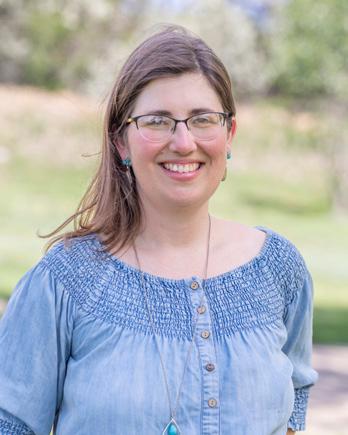
Ranchers Stewardship Alliance exists to help multi-generational and beginning ranchers build the collaborative, trusting relationships and community-based solutions we need to create healthy working landscapes and vibrant rural communities.
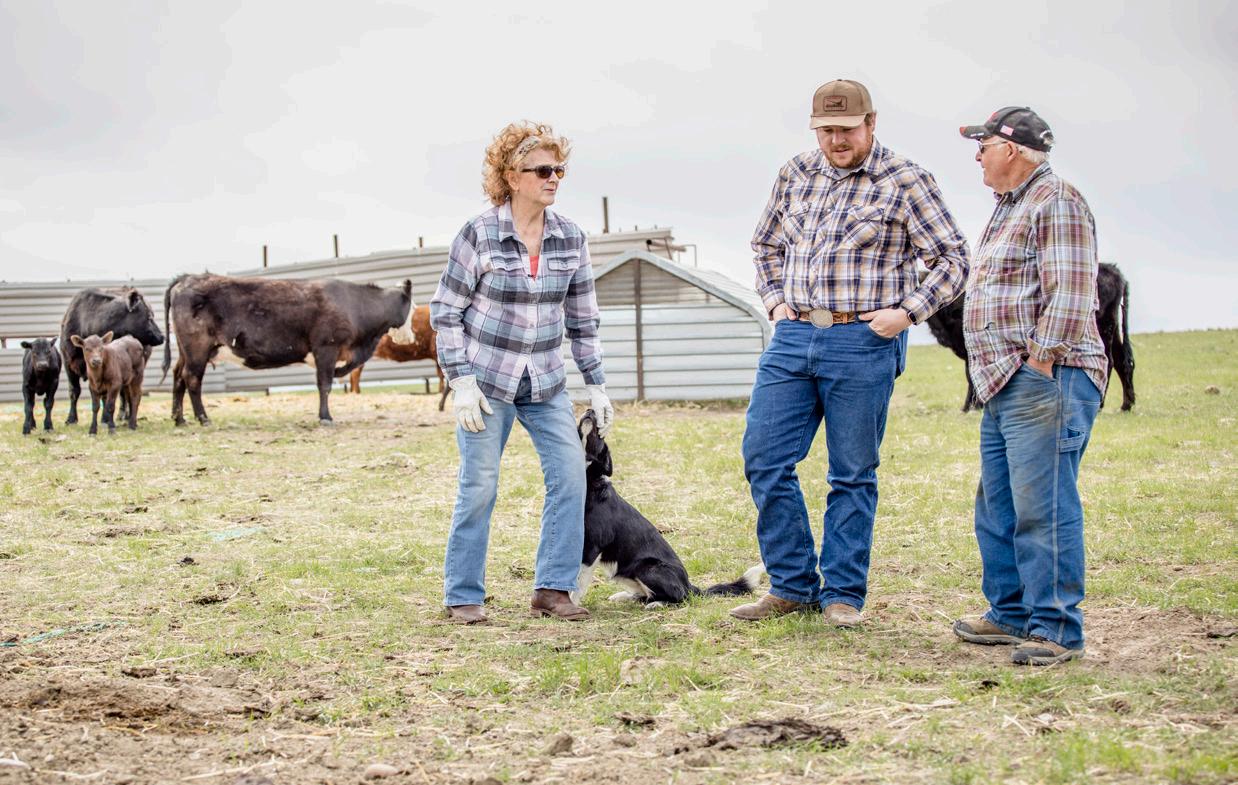
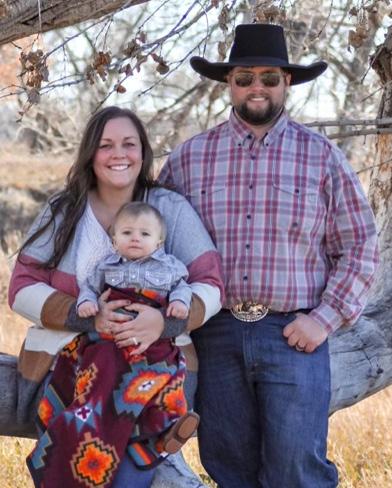
We believe in a future where ranching and rural communities are so successful in the Northern Great Plains that ranch families never need to consider selling or transitioning their land out of production agriculture. Opportunities are abundant for new agriculturalists. We have preserved the integrity of working lands so that the people, economies, wildlife and natural landscapes may flourish in the Northern Great Plains.
Serving rsa daily.
Martin works with ranchers and landowners to find the technical and financial solutions they need to improve their grazing for the benefit of their businesses, the land and wildlife.
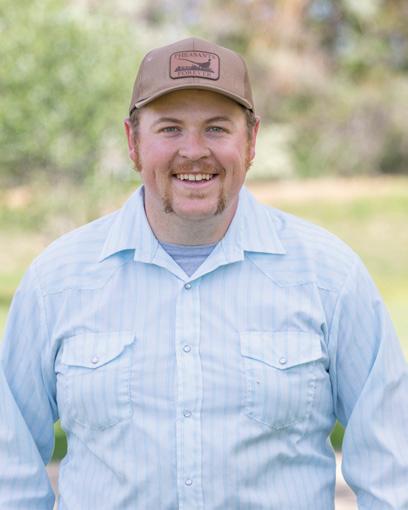
Contact Martin at lands@ranchstewards.org
Madison works with committee members to coordinate meetings, prepare agendas, and record minutes, along with managing the day to day office activities.
Contact the Officer Coordinator at office@ranchstewards.org.
Angel works with ranchers, contractors and partners to manage project invoicing, grant administration, budgeting and more.
Contact Angel at admin@ranchstewards.org
Laura works with our ranching leaders to manage RSA’s committee work, facilitates and organizes educational events and leads outreach and communications efforts.
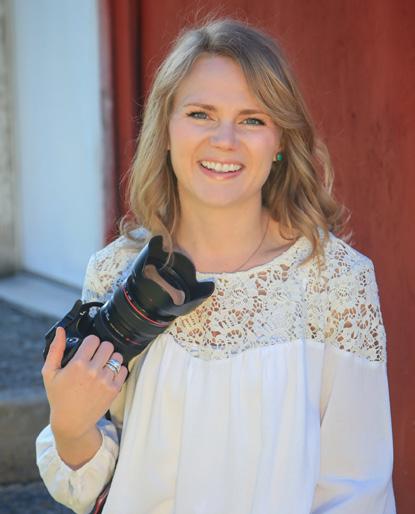
Contact the Communications Leader at info@ranchstewards.org.
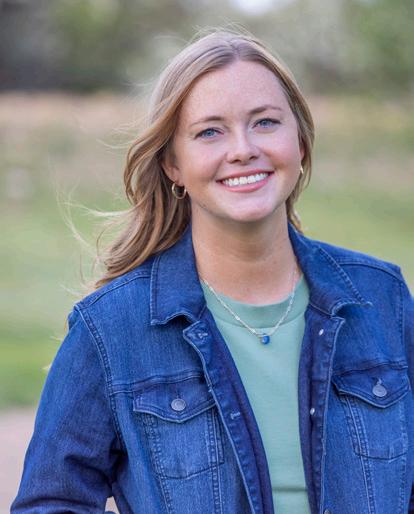
Throughout spring, the inaugural Rural Resilience webinar series saw widespread success hosting speakers including Dave Naugle, Tris Munsick, Nicole Masters, Dallas Mount, Leo Barthelmess, Todd Parker, Steve Campbell, and ShayLe Stewart. The videos were viewed by nearly 5,000 participants.


At our Annual Meeting, RSA was honored with two awards including the Public Lands Foundation 2020 Landscape Stewardship Award and the 2020 U.S. Fish and Wildlife Service Mountain-Prairie Regional Director’s Partnership Award.
RSA partnered with Winnett ACES, and the Garfield, McCone, and Petroleum County Conservation Districts to host the 5-day Soil Health Tour with Nicole Masters. Five workshops were held in Winnett, Malta, Glasgow and Circle each covering soil health princi- ples for more than 220 ranchers.
The inaugural Graziers’ Gather- ing focused on elevating local ranching knowledge and expierence in peer-to-peer ranching TED-style talks. The event sold out in the first two weeks of ticket sales and has since been watched by more than 500 online viewers.

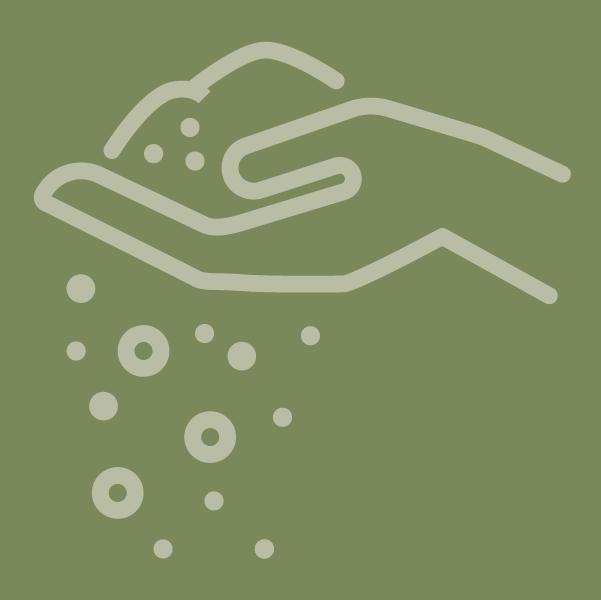
Over the course of the year, RSA was awarded just over $918,000 in grant funding from NFWF, the Bernie Hart Estate, USFWS, and the Browning Kimball Foundation for projects to improve big game migration, restore cropland, en hance wildlife habitat, and amplify community outreach.

The first two Ranch Stewards Book Club sessions were held in which virtual groups discussed “For the Love of Soil” by Nicole Masters and “Nourishment” by Fred Provenza. The sessions created community and inspired reading, learning, and growth through stimulating conversation.




impact.
Without all three kind of fitting together you don't have those win-win situations. So their mission really resonates with me as a meaningful way for conservation to hit the ground.
- Aaron Clauson World Wildlife Fund“
It’s just amazing how much more we can accomplish when everybody’s at the table and we’re all working together. I think that’s been really key to the success.
- Marisa SatherU.S. Fish and Wildlife Service
To me a win is when I see unusual or unlikely partners at a table working on a local issue.
”
“
- Dale Veseth Rancher
-
StaceyBarta Rangeland Resource Program

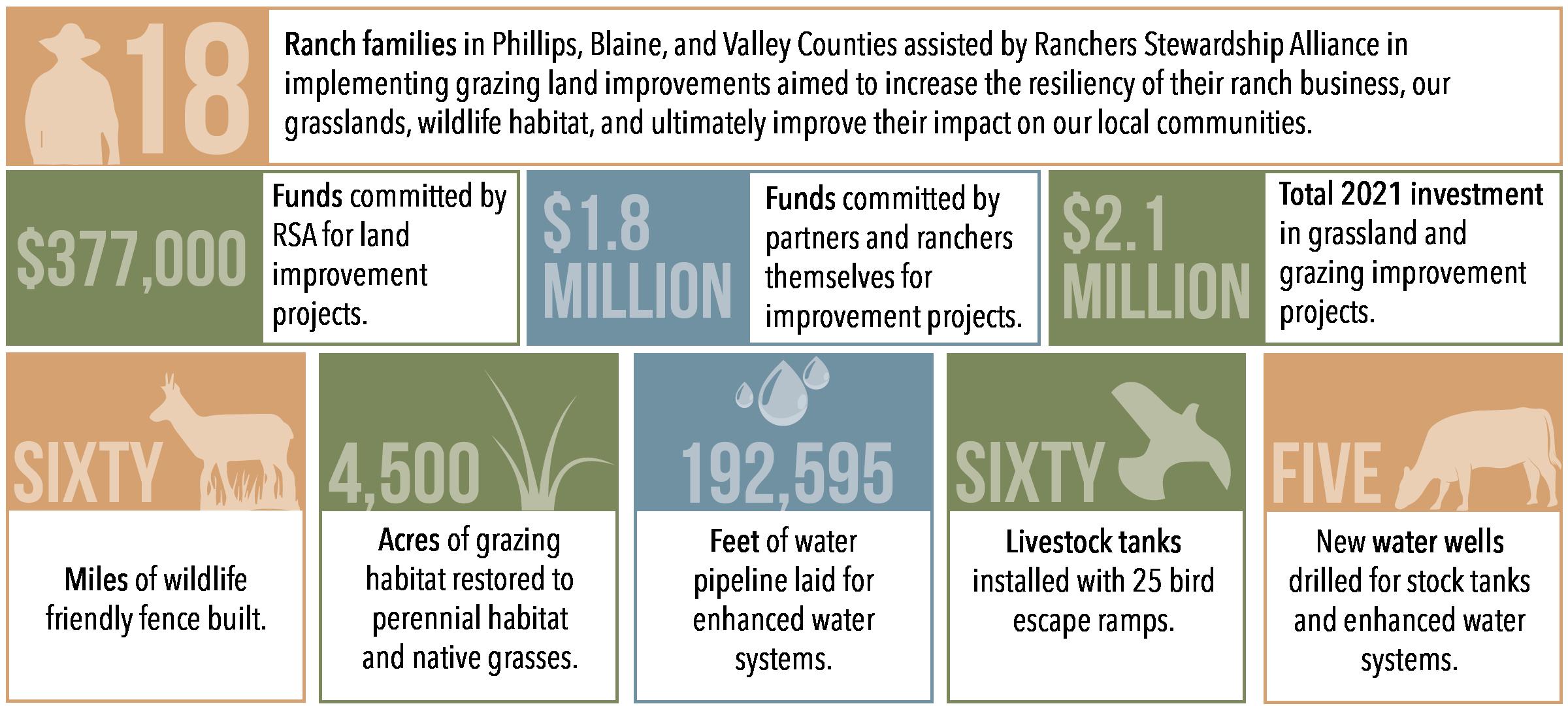
We were having a lot of pressures pushed down on us and yet we weren't part of the solution.
They’re helping provide benefits to conservation that’s helping the ranching and the wildlife around here plus the communities. And the best part is they’re trying to help keep young people on the ranch.
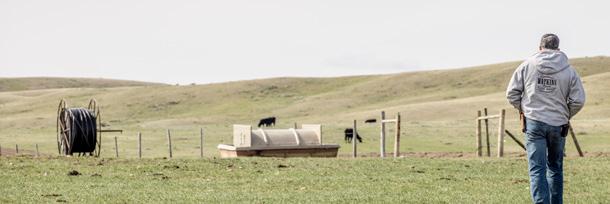
- Aaron Oxarart
MT Livestock Ag Credit, Inc.
”
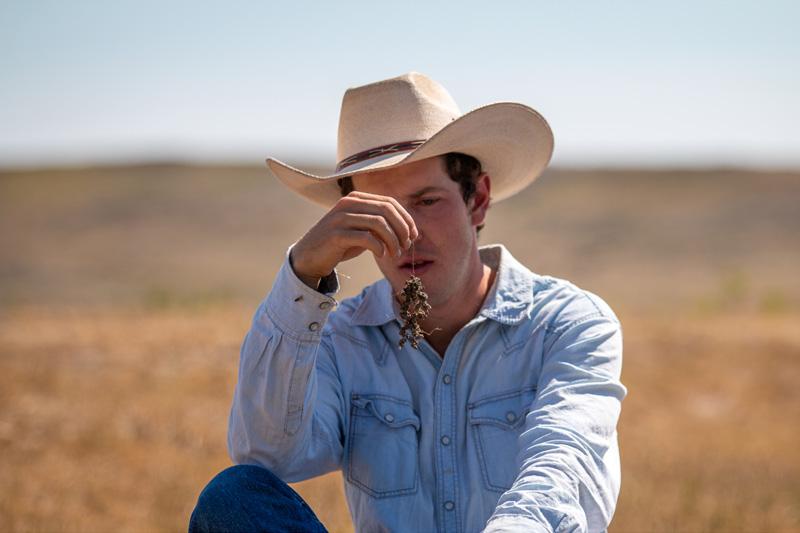

In 2021, 60 miles of new fence was built through RSA projects, benefiting both the rancher and wildlife as newly constructed fence met parameters which make wildlife crossing easier. Through two successful funding awards, RSA will work alongside partners such as MT FWP, BLM, USFWS, and National Wildlife Foundation (NFW) to positively impact at least 83 miles of fencing. Projects include replacement of woven wire, wire height adjustments, and removal or change of fencing to meet grazing needs.
Removing and constructing new fence is a costly task for ranchers today, so cost sharing with partners helps ranchers accomplish these projects often in a quicker time frame than if the rancher were to take on all the cost up front. Fencing projects also take into consideration needs of the rancher, like whether it will improve grazing management, reduce trailing erosion, decrease maintenance, and other factors.

RSA doesn’t just assist ranchers with project implementation and funding. Education is a key pillar in our work and in 2021, we partnered with Winnett ACES, and the Garfield, McCone, and Petroleum County Conservation Districts to host the 5-day Soil Health Tour with Nicole Masters. Five workshops were held in Winnett, Malta, Glasgow and Circle to delve into soil health principles and foster learning and conversation between more than 220 ranchers from across the state.
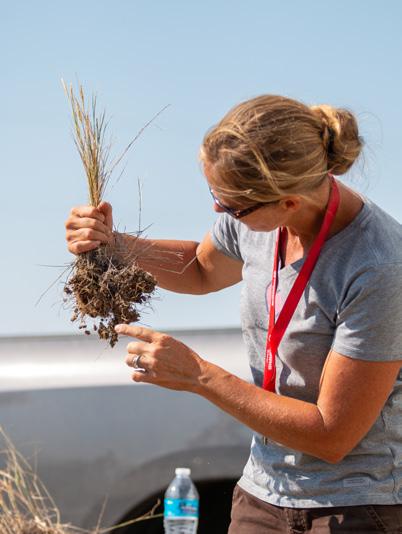
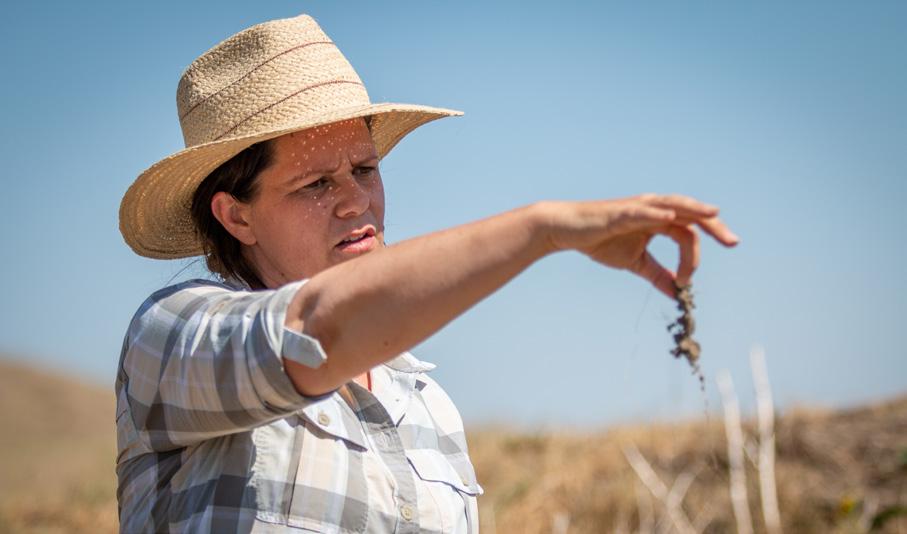
Not only was the information provided during the tour useful knowledge ranchers can apply on their operations, but it also created a strong network of common-minded ranchers who are willing to embrace new ideas, different perspectives, and progressive practices to better their land, their bottom line, and ultimately the entire ecosystem. Studies have clearly shown that the most adaptive ranches are also the most successful.
Events like the Soil Health Tour help ensure our ranching community has the necessary tools to continually adapt, learn, and grow through not just the information provided, but the progressive ranching community created and continually connected. This most recent project, there was an old fence that was really in a poor area. It went zigzag down the bottom of a coulee, which presented possible erosion problems from livestock and wildlife trailing the fence and disturbing the vegetation. It was very bad for snow drifting, it’d pile on the fence and break it down. The wildlife couldn’t see it, so there was more of a tendency to run through it than actually see it and go under or over it. It was also just a real old fence, probably 60 or 70 years old. It's very expensive to build new fence and we have a lot of miles of it - I calculated it up at one time, and we have about 98 miles of fence on the ranch and it's $15,000, give or take, per mile to construct new fence and take out the old fence. So, it's really been beneficial on that end.
- Kevin Koss Rancher & Current Project Participant
Fish, Wildlife and Parks (FWP) recently began studying pronghorn populations as declines were noticed over the past decade in parts of Montana. Within their research, FWP is analyzing seasonal habitat use, critical migration routes, and barriers like fences that restrict pronghorn movement. Within the six-year study, 100 female pronghorn have been captured and collared in various locations in Montana, with one study area in South Phillips County.
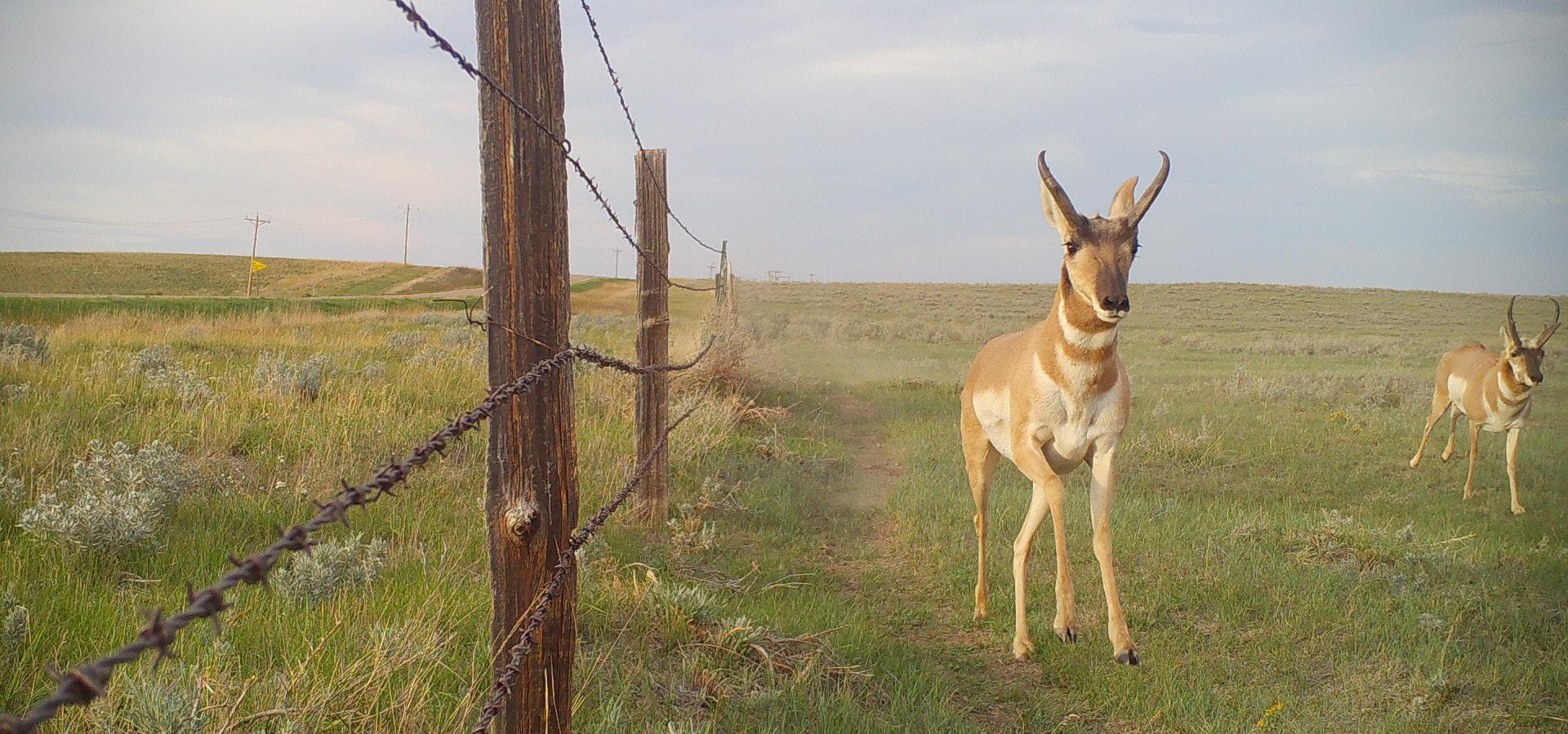
RSA’s South Phillips Project with Little Big Warm Ranch falls within that research region. Data collected by FWP and images captured on game cameras in the project area illustrated restrictive fencing, particularly near transportation routes. RSA was able to use this information to the benefit of the rancher and the pronghorn by fostering a partnership with FWP to improve the fencing by making it easier for pronghorn to pass. The project on the Little Big Warm Ranch resulted in 9.5 miles of fence improved for wildlife migration and 6.75 miles of new barbed wire fence for the rancher.
cooperatively to survey 47 sites to collect grassland bird population data in 2021.
Surveyed areas included native pasture without active projects, restored grasslands, expiring Conservation Reserve Program grazing systems, and enhanced native
four years, data
Ultimately, three of the bird species RSA considers in grazing enhancement projects have experienced significant abundance increases since 2016.
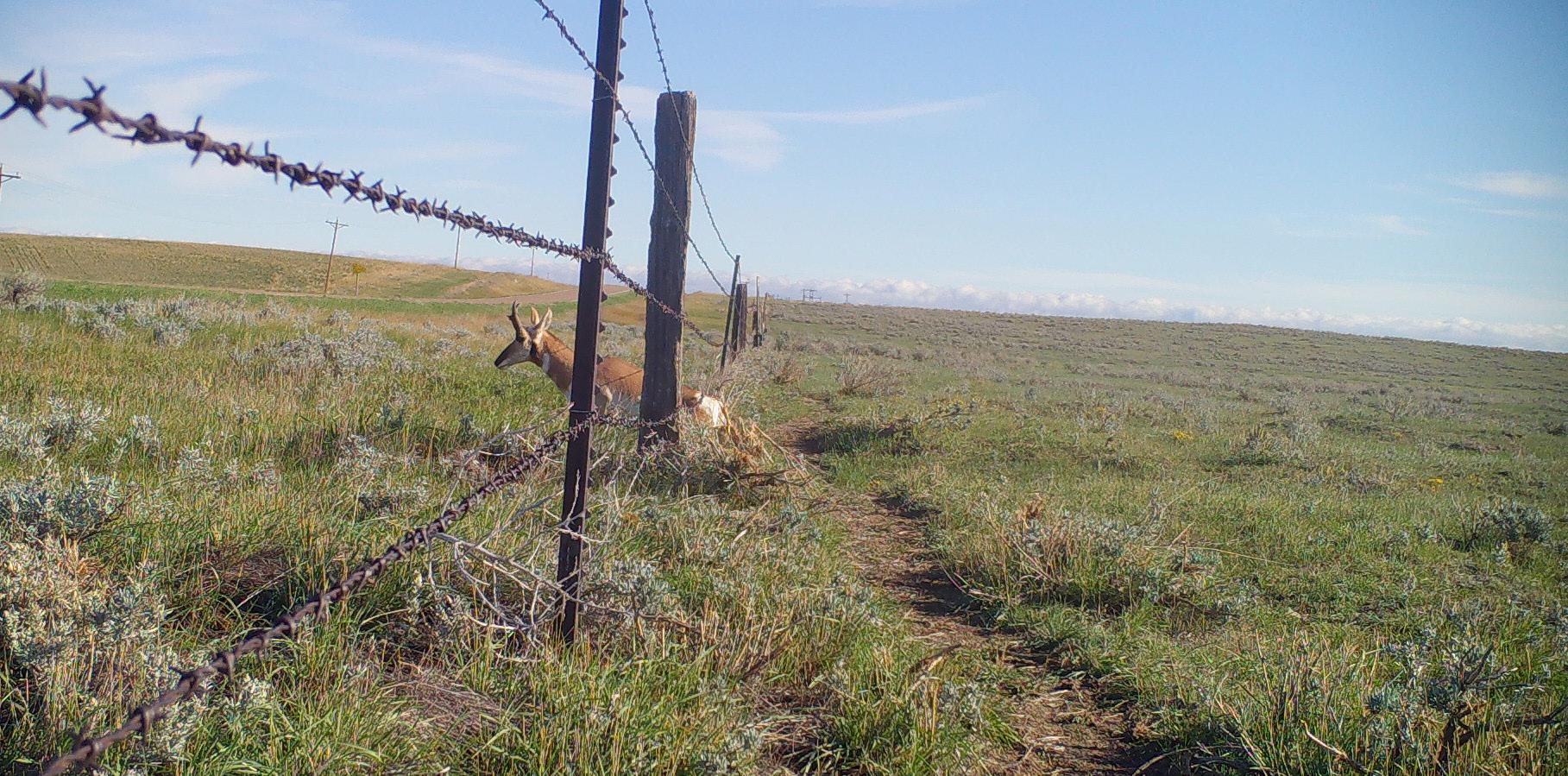
Response to grassland restoration from 2016-2020. Response to enhancement of expiring Conservation Reserve Program lands from 2016-2021.

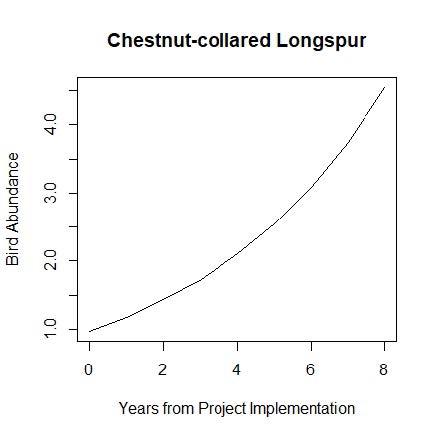
Response to native grazing system enhancements from 2016-2021.
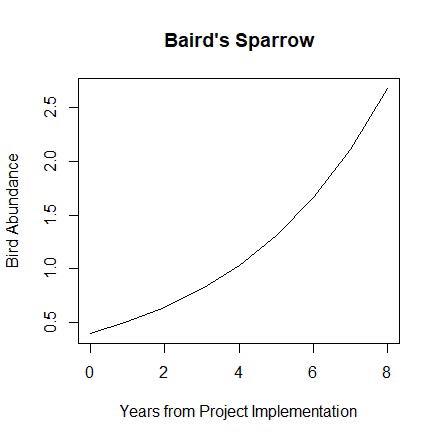
Thebird monitoring
associated with these projects has, each year, shown an increase in abundance in many of the species of declining grassland birds just by increasing the graze-ability of acres.- Martin Townsend RSA Conservation Coordinator Montana Fish, Wildlife and Parks, Pheasants Forever, The Nature Conservancy (TNC), U.S. Bureau of Land Management, UWFWS Refuges, USFWS Partners for Fish and Wildlife, World Wildlife Fund, Winnett ACES, and several private volunteers worked grazing systems. For the past has been collected on active habitat restoration and enhancement projects, accounting for 22 percent of the data points in the 2021 survey.
creating uncommon bonds.
The third pillar of RSA’s mission is “community.” Whether it be through projects, events, or educational outreach, building up and improving the local community is paramount. Not only do project dollars benefit the local economy and in turn create thriving rural communities, but projects have also led to the creation of many “uncommon bonds.” A community of conservationists is connecting through the work of RSA, bringing together ranchers, wildlife enthusiasts, sportsmen, local interests and more all with one common goal in mind - and there’s nothing like a shared vision to foster strong communities.
I feel like we’re on the same page. We really appreciate being part of something where we’re all looking down the same road and we all have the same game plan. It’s really nice to talk to people who appreciate the same things you do and want to keep the land healthy.
I’ve learned that these conservation groups know there has to be agriculture along with it and that’s interesting because years ago, we thought they just wanted wildlife and those groups had that stigma to them. Then to learn that they were interested in helping keep the ranchers going, we think the trade-off is darned good. We do what we can to help what they’re doing and they’re helping us. You have to have a broad mind and an unselfish view of what makes this world click. And this ranching world needed some help, and these guys came along and not only taught us a lot of different things, but hopefully we’ve shared our knowledge, too.

We believe that when ranchers succeed, we can help wildlife succeed, and, in turn, our rural communities succeed. That is where the strength of our mission statement, “Ranching, Conservation, Communities - a Winning Team!” is found. Investing in the ranching economy is also an investment in our rural economies. We work hard to hire local contractors for grazing improvement work, but the economic impact expands just beyond our own counties. Here’s where $377,598 project dollars were invested around the state in 2021.
dollars making a difference.
 - Dee Shettel
Dodson, MT Rancher & Water Project Participant
- Dee Shettel
Dodson, MT Rancher & Water Project Participant



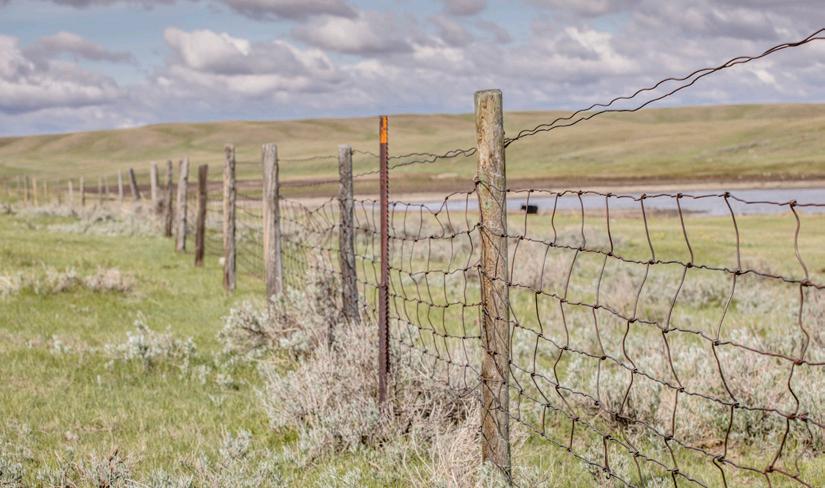
RSA would like to express their appreciation to Casey Coulter for his service to the group throughout his time on the Board of Directors.
We were fortunate to welcome a new face and young rancher to the Board to fill his position.
The public is welcome to join our monthly business meetings for updates and discussion on the work of RSA. Meetings are held on the second Tuesday of each month at 5 p.m.
tyrel obrecht
Tyrel Obrecht is a 5th generation rancher in Turner, Montana. After graduating high school in 2009, he attended Montana State University and pursued a degree in Ag Economics. Tyrel worked for four years in Billings and Lewistown, Montana in the ag finance industry. He has his wife returned home to the family operation in the fall of 2017. Tyrel hopes to use new ranching technologies and practices to make the future of the business as viable as possible for his daughter Addison, the 6th generation. He chose to join the RSA Board as the RSA community provides ranchers in the region with an important network of progressive business owners who are constantly looking at new partnerships and practices for their ranching business.
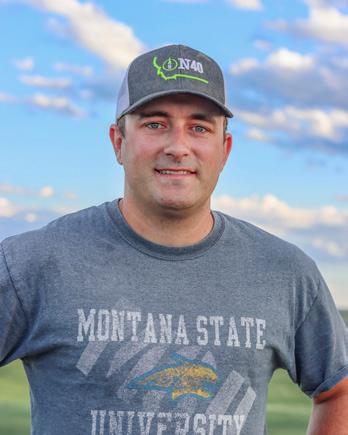
They can be accessed via Zoom by emailing office@ranchstewards.org for the link.
In person attendees are also welcome to join at the Malta Business Center.
On September 29 - 30, 2022, the RSA Beginning Rancher and Education committees are excited to host Ranching for Profit Instructor Dallas Mount for a two-day workshop in Malta. “Banking on your Business - a Ranching for Profit Workshop” will feature a deep dive into ranch economics in a hands-on, applicable way. Topics discussed will include the condensed and higher-level overviews of the in-depth topics covered in the Ranching for Profit school. The Ranching for Profit school is internationally acclaimed and empowers ag producers to transform their ranches into successful businesses.
Looking into 2022 and beyond, there are some exciting changes coming up for RSA. While honoring our long-standing traditional values we’ve also acknowledged that times are progressing. To keep pace and best serve our ranching community, conservation partners, and locals interested in our work, we’ve began an extensive re-branding process. Be on the lookout for an all new website and logo which thoroughly encompass each part of our mission - Ranching, Conservation, and Community - while modernizing our messaging moving forward.
For just $75 per person you not only get a day and a half of interactive discussion with Mount, but also:
• Workshop Workbook
• Lunch on Thursday
• Appetizers for the evening social
• Optional young & beginning rancher session with Dallas
• A deeper understanding of a ranching operation business model
Sign up at
https://tinyurl.com/RSABankingonYourBusiness
Scholarships are available as well. More info can be found on the registration page linked above.
The Ranchers Stewardship Alliance works through a committee structure led by volunteer ranchers. Committees meet monthly or quarterly and create their own plan of work, returning to the full board for advice and project approvals. All committees have open membership and would love to put your time and talents to good use in supporting ranching, conservation and our rural communities!
Co-Chairs: Dale Veseth (djvsth@itstriangle.com) and Rick Caquelin (rcaquelin@gmail.com)
Goal: To develop a consistent, strategic outreach plan that shares our message about conservation, ranching and communities. For education, develop and share an annual educational curriculum that becomes an organizational and community habit.
Outcome: These stories and outreach proves the larger conservation community ranchers not only deserve a seat at the table in these discussions, but they are imperative to conservation success. We’re always learning, and we share our successes and failures openly so others can learn along with us.
Conservation Committee
Chair: Conni French (ccfrench@itstriangle.com)
Goal: To be the ‘hub’ of conservation and grazing improvements in the Northern Great Plains. We build partnerships to solve complex problems based on common values and the mission, “Ranching, Conservation, Communities - a Winning Team!”
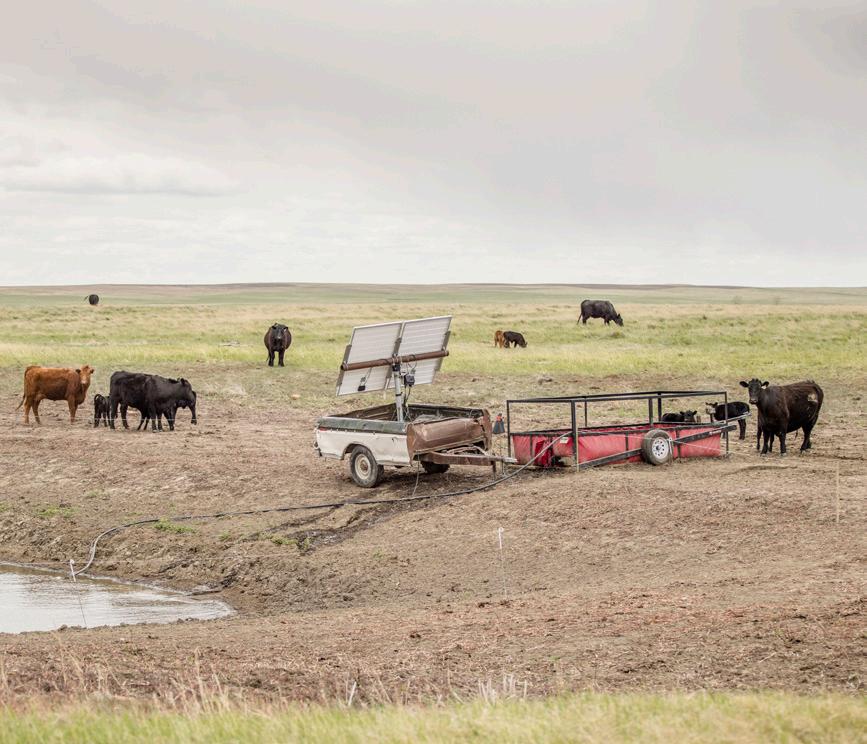
Outcome: We bring diverse interests together to communicate the idea that ranching and conservation are complimentary practices and benefit each other. Ranchers get the funding they need to complete grazing improvement projects in a timely, relevant manner and wildlife habitat benefits alongside their ranching business.
Chair: Tyrel Obrecht (tyrel.obrecht@gmail.com)
Goal: To create opportunities for the next generation of ranch stewards.
Outcome: We live in a culture of mentorship. We share our ranching successess and failures openly and learn from one another through ranch tours and structured and informal membership.
Co - Chairs: Aaron Oxarart (aaron@ag-credit.com) and Vicki Olson (doubleo@itstriangle.com)
Goal: To cultivate support for working land conservation beyond our traditional audiences.
Outcome: RSA and our work is financially self-sustaining.
Grass bank sub-committee (working jointly with Winnett ACES)
RSA Contact Lead: Amber Smith (amber@westernlandowners.org)
Goal & Outcome: RSA owns or leases a grass bank-style grazing property for beginning and transitioning ranchers that promotes regenerative agriculture and holistic grazing management, gathers rangeland and wildlife monitoring data to prove its effectiveness, and creates opportunities for the next generation to thrive on working lands.
Joining a RSA committee is a great way to impact grassroots change - contact any of the chairs today to help!
We exist to help multi-generational and beginning ranchers build the collaborative, trusting relationships and community-based solutions they need to foster healthy working landscapes and vibrant rural communities. Today, our Conservation Committee is the “hub” of working land conservation in northcentral Montana. We offer landowners and ranch stewards a one-stop-shop for working land improvements that impact their triple bottom line: what’s good for profit, people and planet. The results of our partnership between ranching and conservation are cause for celebration for all involved.
If you care about the prairies, ranching, wildlife, and rural communities, the Ranchers Stewardship Alliance is here for you now and in the future. Thank you for all you do for the health and resilience of our land, water, wildlife and way of life.

volunteer to further our mission.